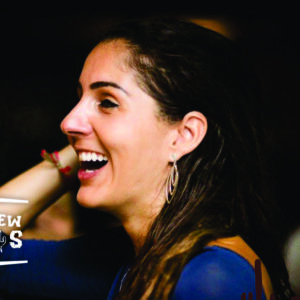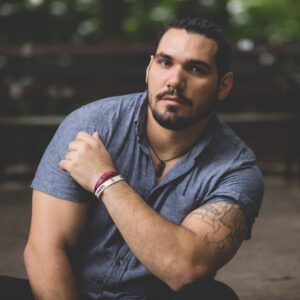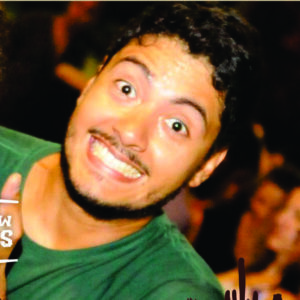"Dancing is the art of expressing your feelings bodily. Couple dance is the art of communicating your feelings through bodies."
- Miguel Gomes
What makes us special?
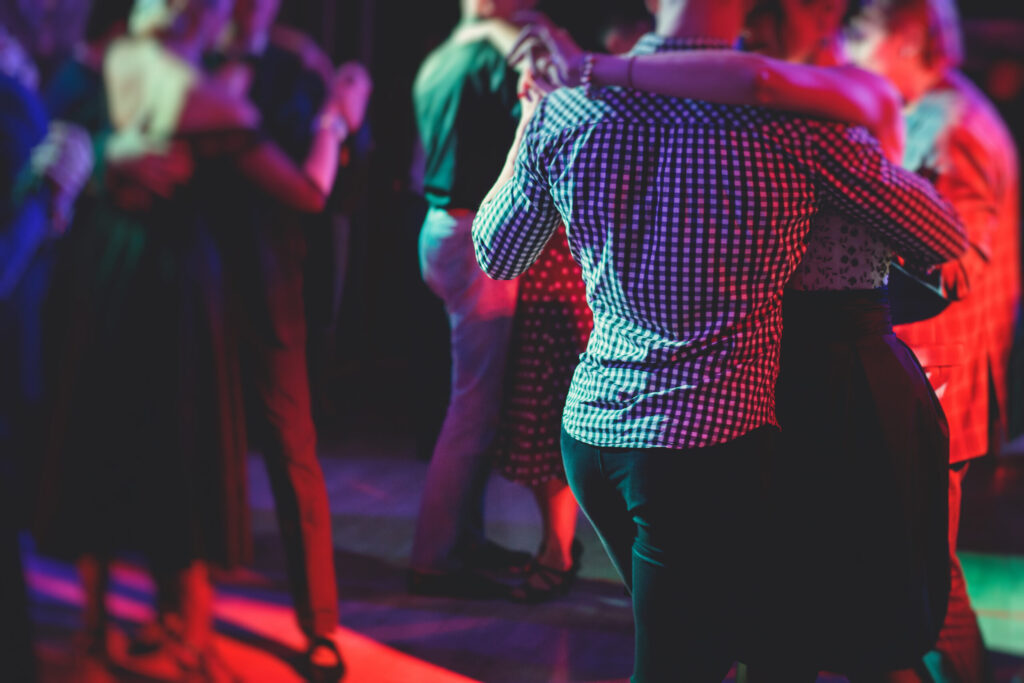
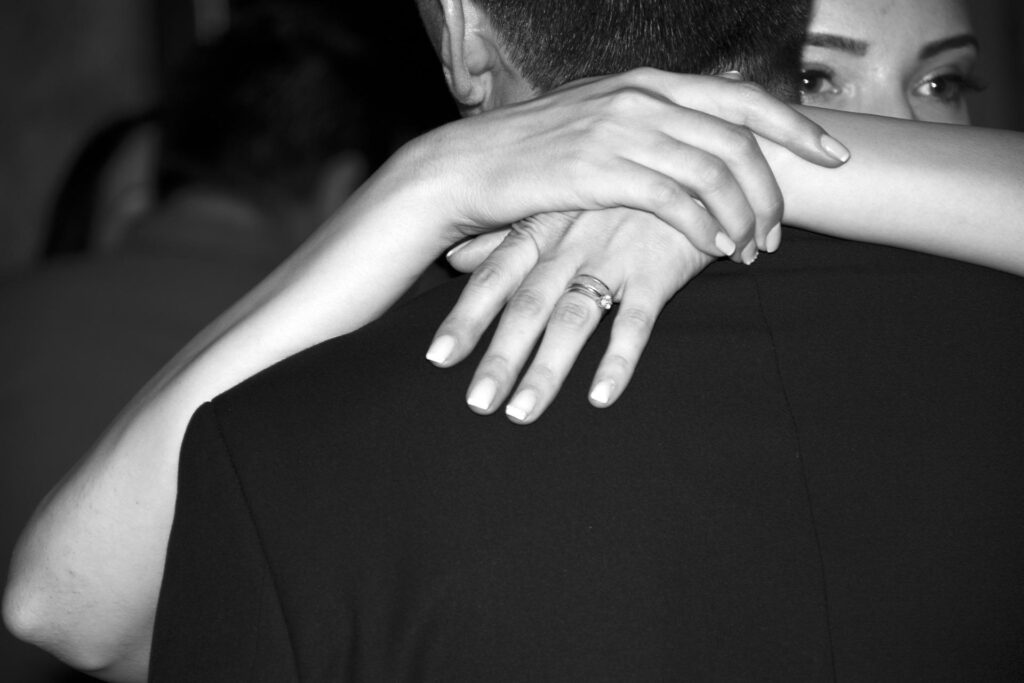
Mission:
We do not only build skilled dancers, we are dedicated to disseminating culture, providing information and enriching the knowledge of those who accompany us and believe in our project.
Vision:
We aim to bring our Forró to a new status within the dance scene, where the richness of the northeastern arts interacts with dance and gives exponential value to this art to show Brazil and the world the true power and value of the northeastern culture.
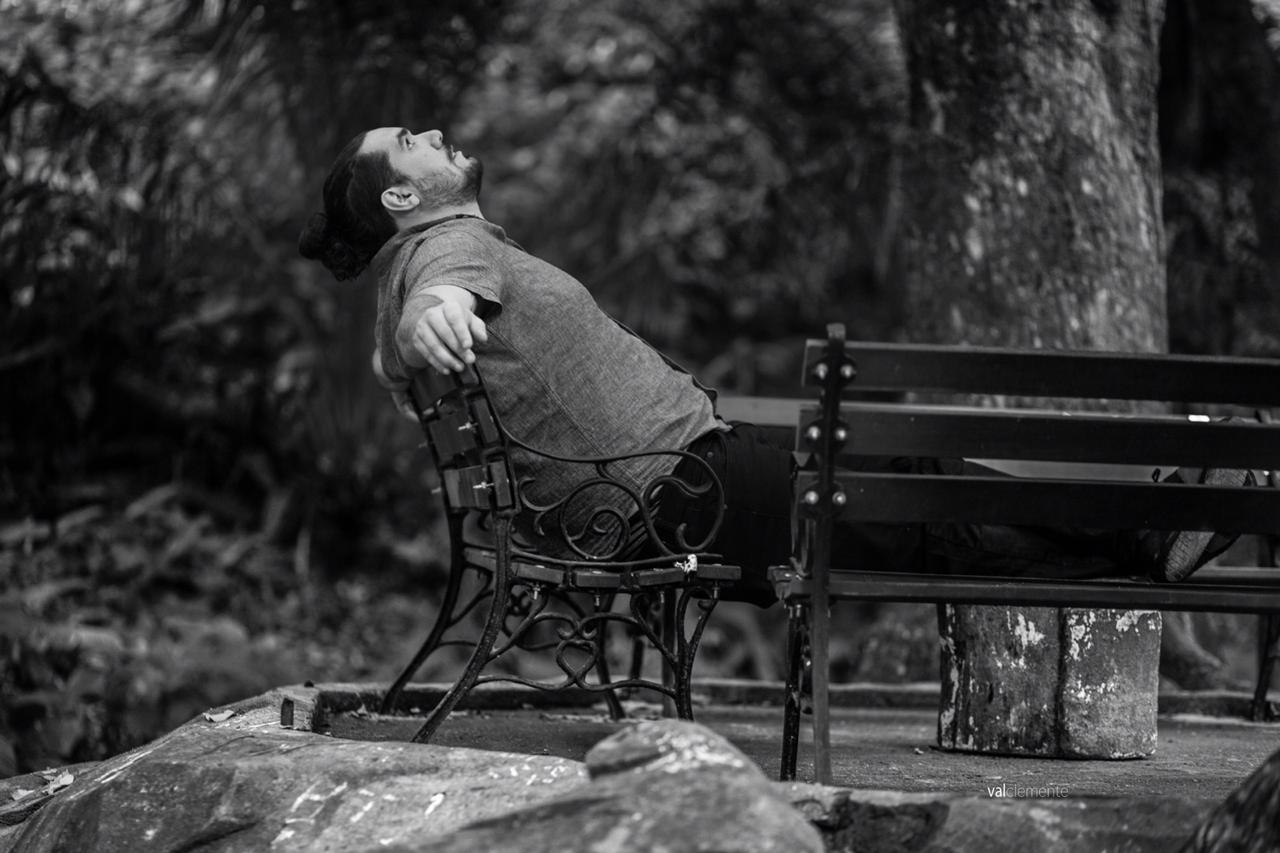
Values:
Think about your partner’s needs first:
To be a great dancer you need to understand what is necessary for your dance partner to be able to successfully communicate with you – message, channel and code.
Non-definition of genders and roles:
“In a dance where the sexist tendency is rooted in the culture, we need to value women and the non-designation of genders so that communication can flow with harmony, giving real value and importance to the roles of sender and receiver where everything is changeable and the exchange of roles allowed, before or during the dance.”
Communication is necessary:
“The famous: – If the gentleman knows how to take it, I’ll go. It’s a disfavor for us to evolve since we need to communicate through bodies. Therefore both roles need to be up to date with their techniques so that the dance is enjoyable for both. The transmitters can assert their conduct as a pair, but we prefer a dance in which we can communicate in an practice of both speaking, listening and being heard.”
To dance well means to dance comfortably:
What is good dancing? At our Forró New Roots Arts Center, we care about quality of execution and comfort. Dancing well is much more than just executing movements, but understanding the needs of your partner and always performing in a comfortable way. If it is not comfortable, take it out of your repertoire. Be careful if you are only looking for a virtuous dance and care about aesthetics. Don’t look for approval from outside but from the inside, so that our dance has priority in dancing with our partner. The paramount is to dance with body comfort, safety and lightness.
Respect the space:
Show moves are for shows, ballroom moves are for ballromms. It is more important to know when moves can be used than which moves. We have to respect the people who are dancing by our side and the limits for good coexistence. There are moves which are for the hall but they can be only performed in an empty hall.
Folklore and Popular:
We understand folklore and study it. However, the intangible cultural asset is changeable and therefore we respect and follow its changes. That’s why we define precisely what is popular and what is folklore.
Methodology:
Our methodology takes the grading by color and does not differentiate between beginners, intermediate and advanced, as we understand that this does not map the developmental process and that everyone, regardless of the time they are in their process. Considering this, we adopt colors that represent the stage of development, each of the colors having a subject and themes to work on and develope.
White – Discovery
Dancing and Moving
Yellow – Construction
Single Spins
Orange – Comfort
Combination of Simple Spins
Green – Resourcefulness
Circular movements
Light Blue – Displacement
5 and 7 Step Movements as Roots Movements
Dark Blue – Complexity
Development of far-fetched sequences
Purple – Musicality
Change of time and shape
Brown – Connection
Improvisation and use of silence (autonomy and dancing connection)
Gray – Aesthetics
Need for something beyond just the technique (aesthetics and dynamics)
Black – Creativity
Capacity for own development and movement
Red – Maturity
Academic and didactic development
Golden – Reflection
Always discovering strengths and weaknesses and working on them
Class Dynamics
Warmup phase (30 minutes):
At the beginning of the class the students are encouraged to dance with each other as a mean of social interaction and warming up the body and musculature to the sound of slower music. Also we use this time to wait for all possible late students, to make them not lose important subjects and info’s. (10 Minutes)
The students are invited to demonstrate the movements from our previous class. The idea is to stimulate them to practice during the week to check if they have any doubts or questions and to solve them in the class. (10 Minutes)
After that, we discuss what we are going to see in our class, checking if we continue with the program, review the movement of the previous class or if we attend a specific doubt or desire. (5 minutes)
Students stand in rows behind the teachers, following the basic movements, developing motor coordination, reaction, rhythm, master movements and finish the body warm-up. It is a very important part because we practice the individual routine about what we are going to learn. (5 Minutes)
Technical Phase (50 minutes):
The teacher starts by showing the movement that will be worked on in class
The teacher performs the movement in a paused manner, commenting on the conduction and possible critical points in the sequence.
Senders (Leaders/Gentlemen) and receivers (Followers/Ladies) are separated for the development of the movement alone for greater awareness of their responsibilities in the dance and independence of the movement (optional)
The students organize themselves in couples and the teacher performs the movements with the students following him, step by step, slowly. (continuous exchange of couples)
The movements will now be practiced continuously, following the teacher in a fluent pace. (continuous exchange of couples)
Movement accompanied by the students along with the music with continuous exchange of couples.
Students perform the movements freely in the music with the supervision of the teacher in case of doubts and individual attention.
And once the class is gathered, any doubts, questions and comments from the students, additional information from the teachers are raised.
Resumption of movement practice.
Finishing Phase (10 Minutes):
Final considerations and clarification of doubts.
Free dance for students to enjoy and relax.
Massage Row to calm down the energies (Optional)
Openness for feedback after the class.
